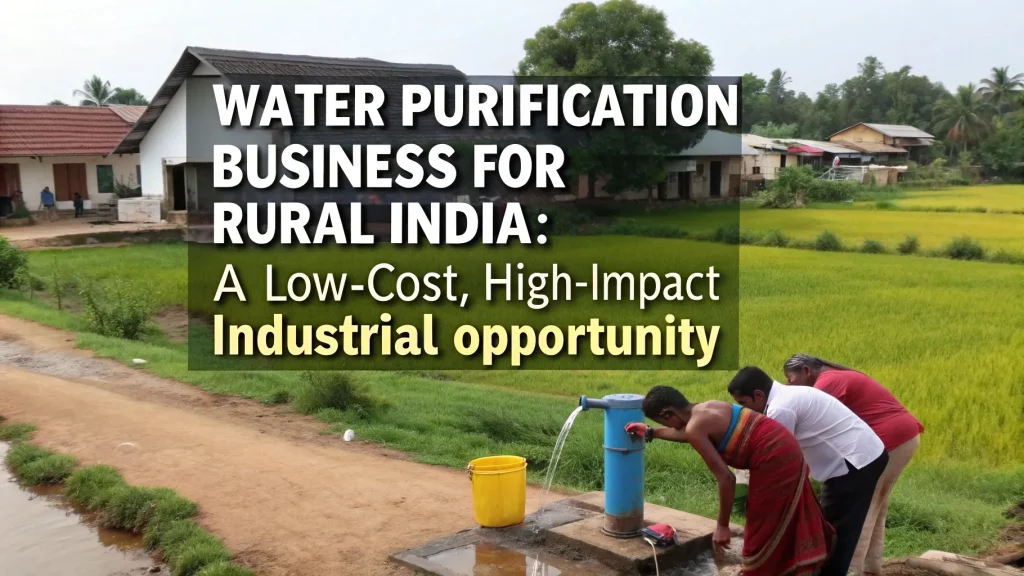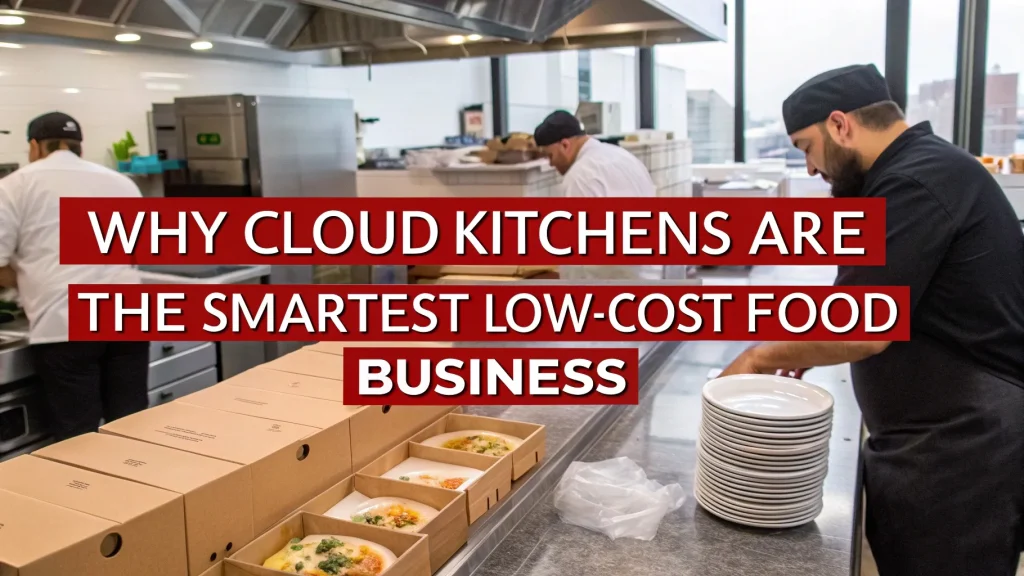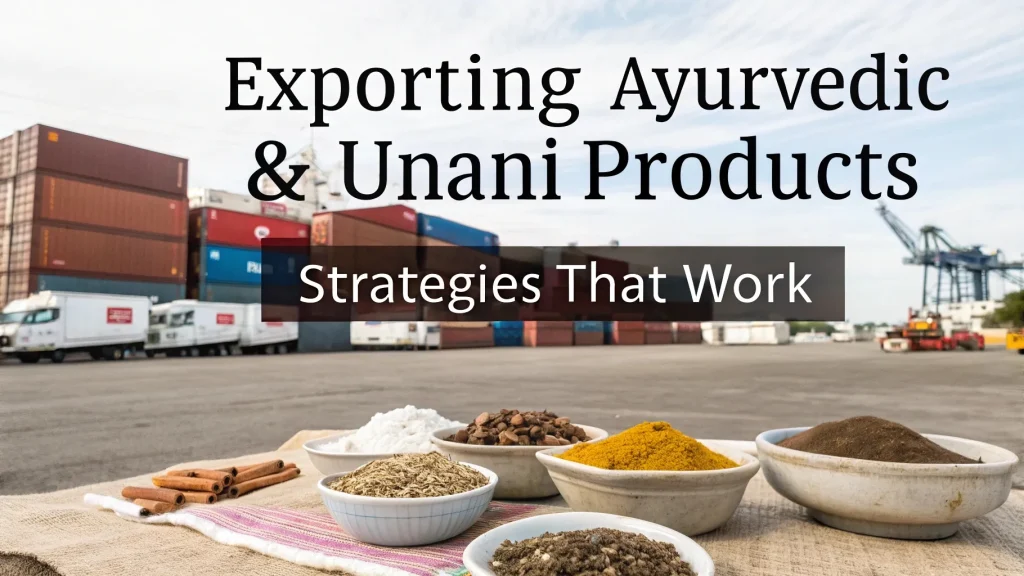The Chlorinated Paraffin Wax (CPW) manufacturing industry in India is experiencing notable growth due to its widespread applications in plastic, rubber, paints, sealants, and lubricants industries. With India’s rapid industrial expansion and increased demand for flame retardants and plasticizers, starting a CPW manufacturing unit can be highly lucrative.
Understanding the CPW Manufacturing Process and Market
Chlorinated Paraffin Wax is a complex chemical product derived from paraffin wax through chlorination. It serves as an excellent plasticizer and flame retardant. As India’s construction, automobile, cable, and plastic industries thrive, the CPW manufacturing sector is poised to become a profitable venture.
What is Chlorinated Paraffin Wax (CPW)?
CPW is produced by chlorinating straight-chain hydrocarbons. It’s categorized based on carbon chain lengths – short (C10–13), medium (C14–17), and long (C18–30). Medium-chain CPW is the most commonly manufactured and used variety in India due to its balanced properties and regulatory approval.
Key Applications of CPW in Indian Industries
- Plastic Industry: As a secondary plasticizer for PVC compounds.
- Cable Industry: Fire retardant properties make CPW crucial in wire insulation.
- Rubber and Leather: Acts as a softening agent and improves chemical resistance.
- Paints and Coatings: Used for increasing water and chemical resistance.
- Lubricants: Enhances extreme pressure performance in cutting oils.
Step-by-Step Guide to Setting Up a CPW Manufacturing Unit
1. Market Research and Feasibility Study
Before investing, conduct in-depth market research. Analyze the demand in target sectors such as plastics, construction, and automotive. Identify your competitors and assess pricing strategies.
- Determine expected sales volume.
- Evaluate local and international demand.
- Review government regulations and restrictions on chlorinated products.
2. Business Registration and Legal Compliance
Register your business under the appropriate structure—Private Limited, LLP, or Proprietorship. Obtain essential registrations:
- GST Registration
- Factory License
- NOC from Pollution Control Board
- Import-Export Code (IEC) (if you plan to export)
- Udyam/MSME Registration
Due to the hazardous nature of chlorine, CPW units must adhere to environmental and safety standards set by the Central and State Pollution Control Boards.
3. Location and Infrastructure Setup
Choose a location in an industrial zone with adequate distance from residential areas to comply with environmental norms. The facility should include:
- Chlorination reactors
- Cooling systems
- HCl absorption unit
- Storage tanks (for paraffin, chlorine, and finished CPW)
- Packing section
- Quality control lab
Ensure proximity to raw material suppliers and availability of logistics infrastructure.
4. Machinery and Equipment Required
You’ll require the following major machinery:
- Chlorination Reactors (Glass-lined or Stainless Steel)
- Heat Exchangers
- Drying Units
- HCl Absorbers or Scrubbers
- Centrifuges or Settling Tanks
- Reactant and Product Storage Tanks
- Weighing and Packaging Machines
Choose semi-automatic or fully automatic systems depending on your investment capacity.
5. Raw Materials and Utility Requirements
Main raw materials include:
- Paraffin Wax (Heavy or Light)
- Chlorine Gas
- Stabilizers (such as epoxidized soybean oil)
- Solvents (optional, for viscosity control)
Utility needs:
- Electricity
- Cooling Water System
- Compressed Air
- Ventilation and Safety Equipment
6. CPW Manufacturing Process Flow
- Charging: Paraffin wax is charged into a reactor.
- Chlorination: Dry chlorine gas is bubbled through the molten wax at controlled temperatures.
- Reaction Control: Temperature and flow rate are maintained to ensure optimal chlorination (typically 30–70% chlorine content).
- Neutralization: Residual HCl is removed using alkaline scrubbers or absorbed in water.
- Settling/Centrifugation: Removal of impurities and unreacted materials.
- Packaging: The product is cooled, tested for viscosity, color, and chlorine content, then packed in HDPE drums.
Licenses and Environmental Compliance for CPW Manufacturing
Because CPW is a chlorinated hydrocarbon, its production falls under red-category industries. You’ll need:
- Consent to Establish (CTE)
- Consent to Operate (CTO)
- Hazardous Waste Management Permission
- Fire Safety Clearance
- Explosive License (if storing chlorine cylinders)
Implement proper effluent treatment systems and gas scrubbing to control emissions.
Investment and Cost Analysis
Initial Investment Breakdown:
- Land and Building: ?25–40 Lakhs
- Machinery and Equipment: ?45–70 Lakhs
- Working Capital: ?20–30 Lakhs
- Licensing and Regulatory: ?5–10 Lakhs
Total Estimated Investment: ?90 Lakhs to ?1.5 Crore (for a medium-scale unit)
Manpower Requirements
- Chemical Engineers (for production and quality control)
- Skilled Plant Operators
- Helpers and Maintenance Crew
- Safety Officer and ETP (Effluent Treatment Plant) Staff
Train staff on chlorine handling and emergency protocols.
Profit Margin and Return on Investment
A well-managed CPW manufacturing unit can expect a gross profit margin of 20–30%. With stable supply contracts and consistent production, you may achieve full ROI within 2–3 years.
Marketing and Distribution Strategy
- Target PVC Compounders, Cable Manufacturers, Paint Industries
- Partner with chemical distributors and stockists.
- Attend B2B expos and list your unit on chemical trading portals.
- Offer customized grades based on client needs.
Highlight eco-compliant and stabilized CPW variants in your marketing material to appeal to export markets.
Challenges in CPW Manufacturing
- Fluctuating paraffin and chlorine prices
- Compliance with environmental regulations
- Safe handling of chlorine gas
- Disposal of by-products (especially HCl)
Implement quality assurance systems and real-time monitoring to address these effectively.
Why Invest in CPW Manufacturing in India?
- Growing Demand: Driven by infrastructure, automotive, and electrical sectors.
- Import Substitution: Domestic production reduces dependency on imports.
- Government Support: MSME incentives, power subsidies, and EPCG schemes.
- Export Potential: CPW has strong demand in Asia, Africa, and the Middle East.
Conclusion
Starting a CPW manufacturing unit in India is a capital-intensive but high-reward business opportunity. With strict adherence to regulatory compliance, quality assurance, and effective distribution networks, entrepreneurs can successfully tap into the growing demand for this vital chemical product. The need for safer, cost-effective flame retardants and plasticizers ensures that CPW manufacturing remains a promising venture for years to come.
Visit the page Select and Choose the Right Business Startup for You for sorting out the questions arising in your mind before starting any business and know which start-up you can plan. We, at NPCS, endeavor to make business selection a simple and convenient step for any entrepreneur/startup. Our expert team, by capitalizing on its dexterity and decade’s long experience in the field, has created a list of profitable ventures for entrepreneurs who wish to diversify or venture. The list so mentioned is updated regularly to give you a regular dose of new emerging opportunities.




